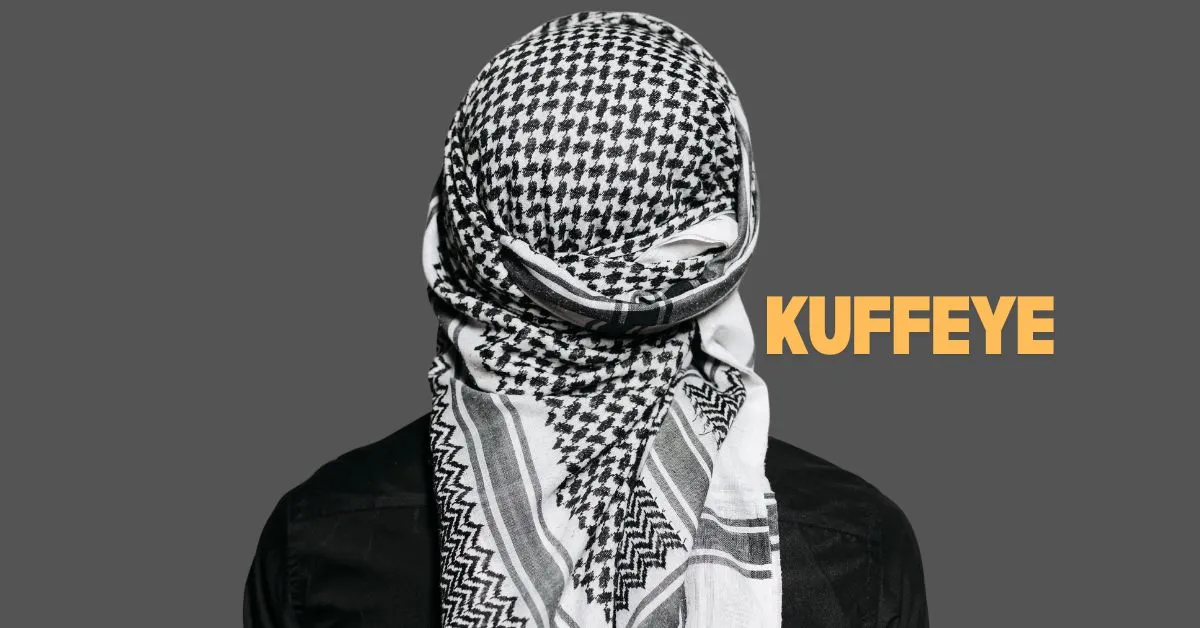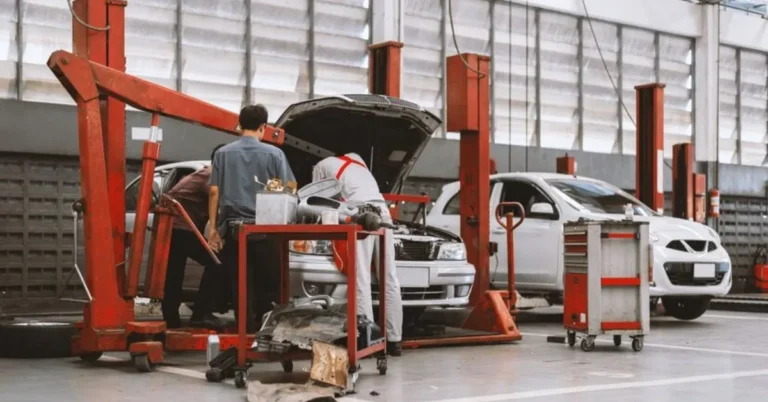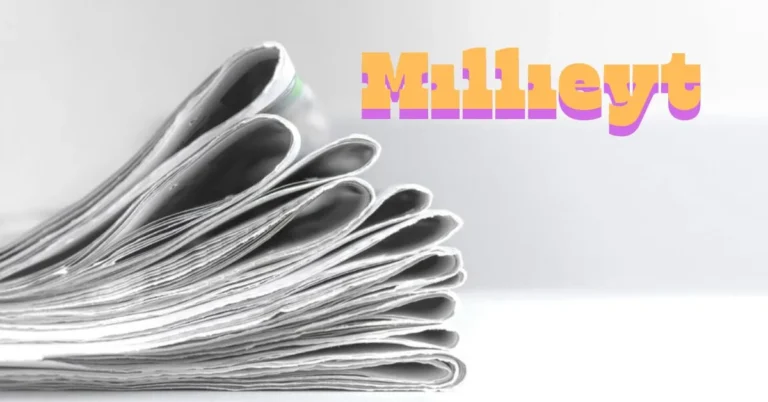The Keffiyeh Unveiling a Symbol of Palestinian Identity
The keffiyeh, a traditional Palestinian scarf, has a lot of cultural meaning and is now recognised all over the world. From its history to how it is worn today, this clothing has a lot of different meanings that are woven into it.
Origins and History
Ancient Roots and Evolution
The keffiyeh has a history that goes back hundreds of years and is based in Arab culture. Bedouins and farmers first wore it to protect themselves from the harsh desert environment. Over time, the design changed to include patterns that showed tribal affiliations and where the wearer came from. By the early 1900s, the it was an important part of Palestinian life and was worn for both practical and symbolic reasons.
Rise to Symbolism
During the Arab Revolt against Ottoman rule in the early 1900s, the keffiyeh became a strong sign of unity and defiance. It became even more linked to Palestinian pride when leaders like Sheikh Izz ad-Din al-Qassam and later Yasser Arafat used it. The unique black and white pattern, which was often called the “hatta,” came to represent Palestinian identity and the desire for independence.
Symbolism in Different Colors
The keffiyeh’s colors carry significant symbolism:
Black and White: The keffiyeh’s black and white pattern, which is its most famous colour combo, stands for many things that are important to Palestinians. People often think that black represents the rich soil of Palestine and the strength of its people, while white represents peace and the hope for an end to the war peacefully.
Red: In some versions, red threads are added to the pattern to represent the lives lost and the sacrifices made in the fight for Palestinian freedom. This version is mostly linked to the Fatah movement and the people who led it in the past.
Cultural Significance
Identity and Pride
For Palestinians, the keffiyeh is more than just a fashion statement; it’s a deeply personal way to show their pride in their culture and country. It shows support for other Palestinians and a promise to keep their history alive even though there are still political problems. Whether people are celebrating, mourning, or protesting, the it brings them together, building a feeling of community and strength.
Women in Resistance
The keffiyeh has long been worn by men, but more and more Palestinian women see it as a sign of strength and resistance. Women wear the patterns on their clothes and items as a way to show their culture and protest against social and political injustices, in addition to covering their heads.
Craftsmanship and Production
The Hirbawi Factory
It is in Hebron that the Hirbawi workshop can be seen as proof of how well the keffiyeh is made. It is the last in plant in Palestine. It was started by Yasser Hirbawi in 1961. Even though the economy is bad and cheaper imports are competing with them, the plant is still dedicated to making real the using old fashioned weaving methods. Each keffiyeh is carefully made from cotton that is grown in the area so you can be sure that each one is of high quality and real.
Artisans and Techniques
Expert weavers at the Hirbawi plant and other workshops in Palestine use complicated weaving methods to make keffiyehs with different patterns and styles. The needlework and patterns often show differences between regions and personal tastes, showing how diverse Palestinian culture is. The skill with which each is made makes it clear that it is more than just a garment it is a live piece of history that is an important part of Palestinian identity.
Regional Variations and Styles
The keffiyeh varies across different regions of the Middle East:
Palestinian Keffiyeh: The Palestinian keffiyeh, which has a unique black-and-white pattern, is a sign of the fight for Palestinian freedom and the protection of cultural heritage. People usually wear the checkered pattern folded in a certain way and with the ends hanging lightly over their shoulders.
Jordanian and Saudi VariantsIn Jordan and Saudi Arabia, different types of the keffiyeh have different designs and colour schemes. In Jordan, the an may have red lines or a red pattern on it along with the black and white. In Saudi Arabia, on the other hand, a white an without the black pattern is often worn as a traditional head covering.
Modern Interpretations
Global Fashion Influence
The keffiyeh has grown beyond its cultural roots to become a fashion statement around the world. The keffiyeh is loved for its bright patterns and deep meanings and it is worn by activists, celebs and fashionistas all over the world. Its popularity in high fashion shows that people are becoming more aware of global unity movements and want to support causes for social justice.
Controversies and Cultural Appropriation
Even though the keffiyeh is very famous it has been linked to cultural appropriation issues. People who are not Palestinian wearing the without knowing what it means politically or culturally has caused arguments about respecting cultural heritage and turning symbols of defiance into goods. Palestinians and people who support them call for responsible use of the keffiyeh and polite interaction with its meaning.
Contemporary Fashion Trends
The keffiyeh’s evolution in the fashion industry:
Street Fashion: The keffiyeh has become a part of everyday clothing as a way to show cultural knowledge and political activism, embraced by streetwear brands and urban fashion fans. People who want to make a statement with their clothes often choose this fabric because of its unique designs and ability to be worn in a variety of ways.
High Fashion: Designers in the world of high-end fashion have taken the keffiyeh and changed it by using its patterns in couture designs and fashion shows. This mix of traditional craftsmanship and modern style shows how popular that is and how it can be worn by people from different cultures.
Environmental and Ethical Considerations
The keffiyehs production and consumption:
Sustainable Practices: Some producers put an emphasis on ethical production methods because they care about the environment and fair labour practices. They use organic cotton and trained craftspeople who still use old-fashioned weaving methods to make sure that each keffiyeh is made in a way that is respectful of both culture and the environment.
Consumer Awareness: People who care about fair trade look for real keffiyehs that are made in a way that supports local Palestinian communities and artists. By buying an that are made in an ethical way, people help keep Palestinian cultural forms alive and give Palestinian communities more economic power.
Stories of Resilience and Identity
Personal narratives illuminate the keffiyeh’s significance:
Individual Perspectives: People who are Palestinian or of Palestinian descent talk about how the keffiyeh helps them feel connected to their history and strong in their identity. From stories about wearing a keffiyeh as a child to stories about how it is worn at family holidays and community events, these stories show how that has shaped both individual and group identities for a long time.
Resilience in Adversity: The keffiyeh is a sign of strength and fight in the face of political problems and the loss of culture. It is a visual reminder of the ongoing fight for Palestinian rights and the will to keep cultural tradition alive even when things are hard.
The Role of Social Media
Social media platforms amplify the keffiyeh’s message:
Visibility and Advocacy: People talk more about the keffiyeh’s cultural and political meanings through hashtags and popular campaigns on social media sites like Instagram and Twitter. Palestinians and people who support them around the world can share stories, teach others about the history of the keffiyeh, and get people to support social justice issues through social media.
Global Dialogue: People in online groups talk about the keffiyeh’s role in global unity movements, cultural appropriation, and activism. Social media helps people and groups around the world talk to each other and stand together. It brings together people and groups who want to fight for Palestinian rights and bring attention to problems of fairness and justice.
Future of the Keffiyeh
Speculating on the keffiyeh’s future:
Cultural Preservation: In a world that changes quickly, it is still important to protect traditional weaving methods and the keffiyeh’s cultural identity. Organisations and artists keep coming up with new ideas while still respecting centuries-old techniques. This way, the keffiyeh will be loved and worn with pride by people in the future.
Global Impact: The keffiyeh has an effect that goes beyond fashion trends. It is a sign of identity, resistance, and unity. The fact that it is still talked about in global discussions about human rights, cultural heritage, and social justice shows that it is more than just a garment. It shows how strong and determined the Palestinian people and their allies around the world are.
Conclusion
The keffiyeh is more than just a traditional Palestinian scarf. It’s a strong sign of belonging, strength, and unity. That is an important part of Palestinian culture. Its history goes back to ancient times when it was worn to protect people living in the desert, and it became a powerful symbol of Palestinian pride in the 20th century.
The still moves and unites people all over the world. Its unique black-and-white pattern, which is full of meaning, is a visible reminder of how the Palestinian people are still fighting for justice and freedom. The keffiyeh shows the strong and determined spirit of the people who wear it, whether they are politically active, celebrating their cultural identity, or standing up against abuse.
As awareness of the cultural significance grows around the world, so does the duty to accept and honour it. By learning about its past, meaning, and the people who wear it, we can see the not only as a piece of clothing, but also as a powerful way to show solidarity and hope for a better future.
FAQs
What does the black and white pattern of the keffiyeh symbolize?
The keffiyeh’s black and white pattern has long been a sign of Palestinian nationalism and defiance. People often think of Palestine’s rich soil and strong people when they see the colour black. On the other hand, white means peace and the hope for a peaceful end to the war.
How is the keffiyeh worn?
People usually wear the keffiyeh folded in a certain way and with the ends hanging over their shoulders. The way it is worn may be a little different depending on where you live and your personal taste, but the message behind it stays the same.
Is wearing the keffiyeh a political statement?
Yes, wearing the keffiye is often seen as a symbolic way to show support for the Palestinian people as they fight for freedom, justice, and their own will. People also wear it to show joy in their culture and fight back against oppression.
Where can I buy an authentic keffiyeh?
You can buy real keffiye from stores, cooperatives, and online shops that are run by Palestinians, support local artisans, and use fair trade practices. These sources make sure that your buy helps Palestinian communities and efforts to keep their culture alive.
How can I learn more about the keffiyeh’s cultural significance?
You can find out more about the keffiye cultural meaning by reading about its history, hearing personal stories from Palestinians and cultural experts, and watching online resources and films that go into its meaning and part in Palestinian identity.






